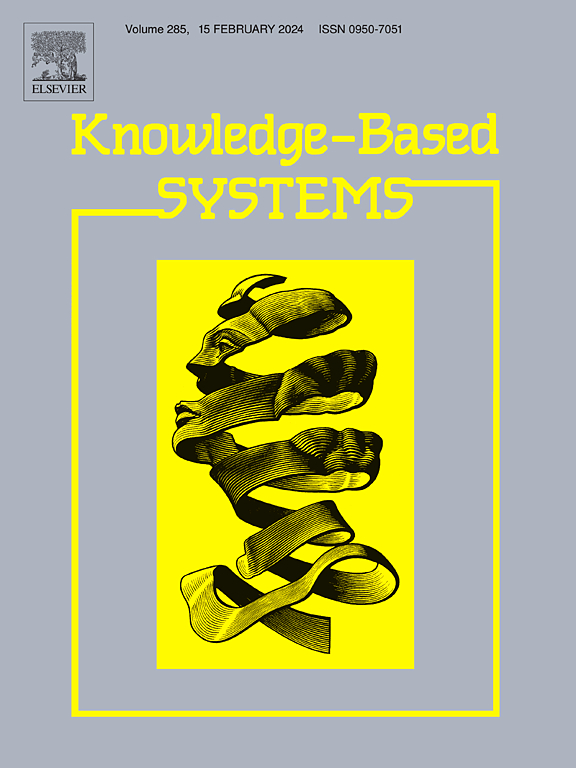Bidirectional alignment text-embeddings with decoupled contrastive for sequential recommendation
IF 7.2
1区 计算机科学
Q1 COMPUTER SCIENCE, ARTIFICIAL INTELLIGENCE
引用次数: 0
Abstract
The key challenge in sequential recommendation is to accurately predict the next item based on historical interaction sequences by learning effective sequence representations. Existing models typically optimize sequence representations using the next ground-truth item as the supervised signal. However, this approach often results in biased interest representations and neglects the benefits of bidirectional supervision, leading to incomplete sequence representations and semantic mismatches. To address these limitations, we propose ADRec for bidirectional sequence–item Alignment text-embeddings with Decoupled contrastive learning for sequential Recommendation based only on text data. ADRec combines self-supervised and supervised signals derived from intrinsic correlations in recommendation data, to enhance semantic consistency between sequence and ground-truth item representations, improving recommendation performance. Specifically, we introduce a hybrid learning mechanism that integrates an unsupervised contrastive learning paradigm to decouple sequence and item representations and supervised contrastive learning to achieve bidirectional semantic alignment. Additionally, a dual-momentum queue mechanism is devised to expand the diversity of negative samples with limited resources, optimizing the quality of user interest representations in the text modality. Extensive experiments on six public datasets show that ADRec consistently outperforms state-of-the-art methods by learning superior sequence representations. The code is publicly available at https://github.com/pppiao/ADRec.
求助全文
约1分钟内获得全文
求助全文
来源期刊

Knowledge-Based Systems
工程技术-计算机:人工智能
CiteScore
14.80
自引率
12.50%
发文量
1245
审稿时长
7.8 months
期刊介绍:
Knowledge-Based Systems, an international and interdisciplinary journal in artificial intelligence, publishes original, innovative, and creative research results in the field. It focuses on knowledge-based and other artificial intelligence techniques-based systems. The journal aims to support human prediction and decision-making through data science and computation techniques, provide a balanced coverage of theory and practical study, and encourage the development and implementation of knowledge-based intelligence models, methods, systems, and software tools. Applications in business, government, education, engineering, and healthcare are emphasized.
 求助内容:
求助内容: 应助结果提醒方式:
应助结果提醒方式:


